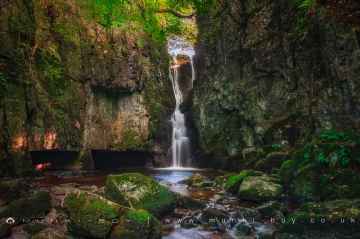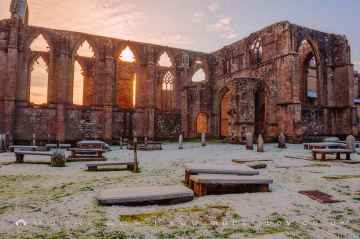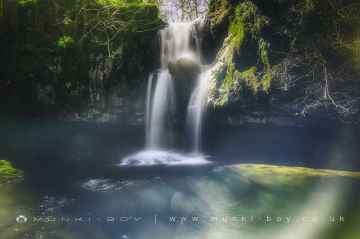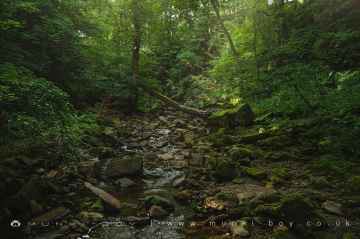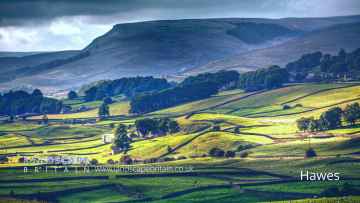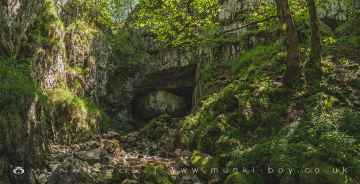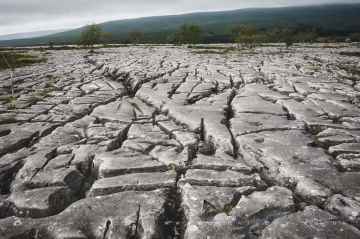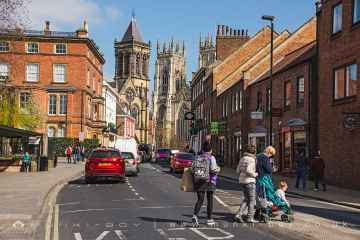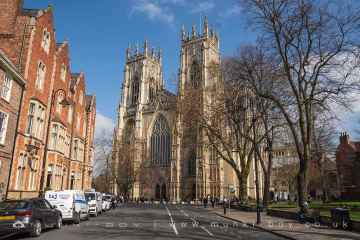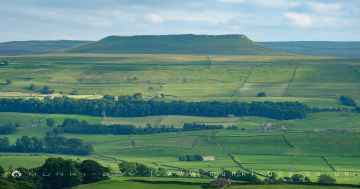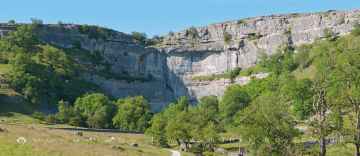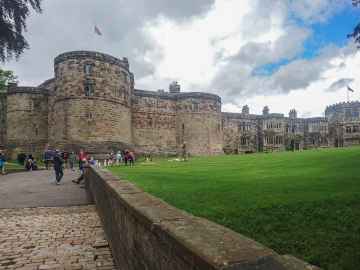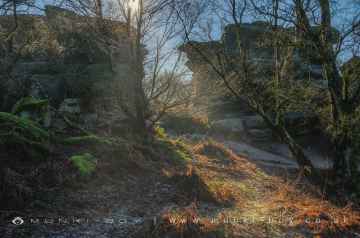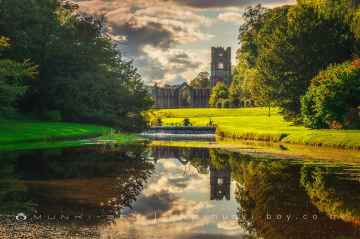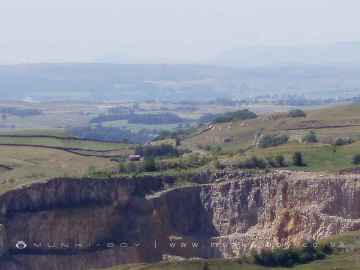Boroughbridge
Boroughbridge is a Town in the county of North Yorkshire.
There are great places to visit near Boroughbridge including some great waterfalls, ruins, historic monuments, hiking areas, villages, rivers and streams, towns, caves, limestone pavements, mountains, cities, historic buildings, hills, geological features, castles, old mines, country parks, parks, gardens and ancient sites.
Catrigg Force, Lockin Garth Force, Whitfield Gill Force, Slape Wath Waterfall, Mill Gill Force, Cotter Force, and Aysgill Force are great places to visit near Boroughbridge if you like waterfalls.
Boroughbridge's best nearby ruins can be found at Bolton Abbey, Byland Abbey, Norton Tower (ruin), Easby Abbey (ruin), Fountains Abbey and Studley Royal Water Garden, Fountains Abbey (ruin), and Trig Point on Warrendale Knotts.
There are a number of historic monuments near Boroughbridge including Bolton Abbey, Rylstone Crag and Rylstone Cross, Culloden Tower, and Robin Hood's Well (Fountains).
The area around Boroughbridge features a number of interesting hiking areas including Deepdale, Cotterdale, Southerscales, Ingleton Waterfalls Trail, Swilla Glen, Baxenghyll Gorge, and Raven Ray.
There are a number of villages near Boroughbridge including Pool-in-Wharfedale, Askrigg, Hardraw, West Burton, Bainbridge, Aysgarth, and Malham.
Rivers and Streams to visit near Boroughbridge include Whitfield Beck, Mill Gill, Hardraw Beck, River Wharfe, and Walden Beck at West Burton.
Hawes, Skipton, Grassington, Richmond, Middlesbrough, Harrogate, and Settle are great places to visit near Boroughbridge if you like towns.
There are a number of caves near Boroughbridge including Great Douk Cave, White Scar Cave, Yordas Cave, Gaping Gill, Janet's Cave, Horseshoe Cave, and Jubilee Cave.
Limestone Pavements to visit near Boroughbridge include Southerscales, Malham Cove, and Warrendale Knotts Limestone Pavement.
Places near Boroughbridge feature a number of interesting mountains including Ingleborough.
The area around Boroughbridge boasts some of the best cities including York, and Ripon.
There are a several good historic buildings in the Boroughbridge area like York Minster, Marton House, Norton Tower (ruin), Church of St Peter - Rylstone, Culloden Tower, and Beggar’s Bridge.
Addlebrough, Embsay Crag, Rylstone Crag and Rylstone Cross, Warrendale Knotts, Giggleswick Scar, Blua Crags, and Sugar Loaf Hill are some of Boroughbridge best hills to visit near Boroughbridge.
Geological Features to visit near Boroughbridge include Malham Cove, Grassington Lead Mines, and Brimham Rocks.
Don't miss Skipton Castle, Richmond Castle, and Bolton Castle's castles if visiting the area around Boroughbridge.
There are a number of old mines near to Boroughbridge including Grassington Lead Mines.
Boroughbridge is near some unmissable country parks like Brimham Rocks,
The area around Boroughbridge boasts some of the best parks including Fountains Abbey and Studley Royal Water Garden, Fountains Abbey (ruin), and Studley Royal Water Garden.
Fountains Abbey and Studley Royal Water Garden is a great place to visit close to Boroughbridge if you like gardens.
The area around Boroughbridge features a number of interesting ancient sites including Schoolboys Tower, Jubilee Cave, and Victoria Cave.
Boroughbridge History
There are some historic monuments around Boroughbridge:
Places to see near Boroughbridge
History of Boroughbridge
A line of three menhirs, or standing stones, known as the Devil’s Arrows, believed to have been erected in the Bronze Age, can be found on the outskirts of Boroughbridge, by the side of the A1. The tallest stone is 22 feet (6.7 m) tall. The stones are of millstone grit, probably quarried from Plompton, the closest source of this material. The stones stand on an almost north south alignment, with the central stone slightly offset. The first reference to the stones is from the journal of a fisherman, Peter Frankck who visited Boroughbridge in 1694, and claims he saw seven stones. The antiquarian John Leyland saw four stones, which is the verifiable number. The absent fourth stone stood close to the central stone and was dug out and broken up, allegedly by treasure hunters. Most of it was used to build a bridge in Boroughbridge called Peg Bridge, which crosses the River Tutt as it enters the town. According to tradition the top of the fourth stone was to be found in the grounds of Aldborough Hall, which stands between Boroughbridge and Aldborough.


















